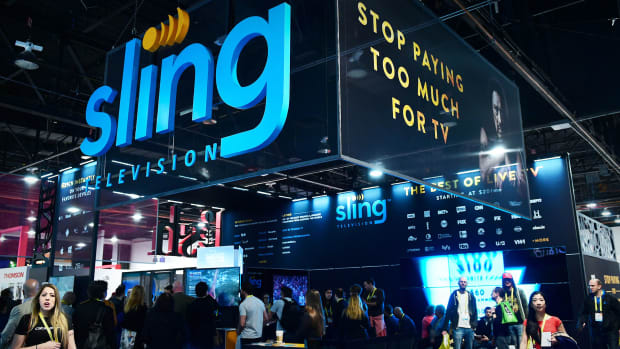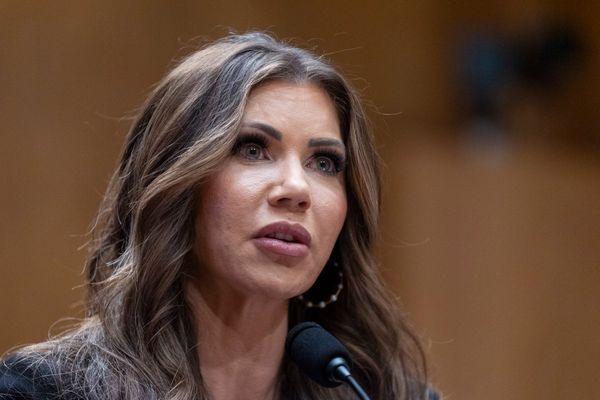Cable costs a lot of money so you cut the cord and save a bunch. Then, of course, you still want to watch TV so you need to replace what you had. For people used to the endless stream of variety classic cable offers, that means a streaming cable service.
Think of most streaming cable services as a sort of cable light. You pay less money (generally) but you get fewer channels. That's a deal many people will take, but then you have to decide which streaming cable service (and there are a lot of them) makes the most sense for you.
In this article, the first of a series, we'll use Comcast (CMCSA) as an example of traditional wired cable and compare it to Dish Network (DISH) Sling TV, the first-of-its-kind streaming cable service.
It's not an easy comparison because the debate about spending on traditional cable or streaming cable has only gotten more complicated over the years since the list of channels offered is quite different. It's hard to figure out which live TV internet streaming service is right for you without getting lost in the weeds.
But what's more crucial is to strike a balance between price and getting what you want. Opting for a streaming-only situation generally means making sacrifices. After all, what's the point of switching to a cheaper cable plan only to miss out on your favorite sports channel or cooking show?
When you consider subscribing to Comcast or Sling, it's important to weigh not just price, but whether the cheaper streaming service can offer you what you want.

Shutterstock
What Does Comcast Cable Cost? (Beware Hidden Charges)
Comcast's (CMCSA) standard Xfinity-branded internet and cable includes more than 125 TV channels costs $79.90 a month for one year, according to the company's website. The monthly cost rises to $89.99 after one year.
But the devil is in the details.
For the first year, quick back-of-the-envelope calculations show that hidden costs increase the price for this plan which comes with a two-year lock-in period and can be used on up to eight devices at the same time.
Xfinity's "pricing and other info" section is a vortex of added costs that users may not know of until they get to the checkout screen (or, in many cases until they get a bill that's not for $89.99). Those charges include:
- Equipment fees, including regulatory recovery fees
- Broadcast TV fees
- Regional sports fee
The big ones here are the broadcast TV fee, which is paying for channels that are available free, over-the-air (OTA), and regional sports networks, whether you watch them or not (and Comcast owns some of those). Those numbers can vary by market, but let's be kind and say these fees add $25-30 to your bill (and they're not negotiable).
So, your $79.99 a month offer actually costs you between $104.99 and $109.99. Those estimates are likely on the low side. And over time, it gets worse.
"Beyond that, you'll need to contend with a data cap each month, and you can expect the price of your plan to increase over time, sometimes to almost double the initial charge," according to a CNET review.
Comcast, which uses the Xfinity branding, offers most of the popular channels like ESPN, TNT, TBS, FX, TLC, HGTV, Bravo, and CNN, and more. The full lineup can be seen here.
There are, however, some potentially notable channels missing including Disney Channel (and a variety of Disney kids' offerings), ESPN News, Fox's FS2 sports channel, IFC, Logo, Magnolia Network, MTV Classic, MTV2, NFL RedZone, all the Nickelodeon channels except for the core channel, Sundance, Tennis Channel, and Vice.
All of those channels (and more) are available on Comcast's next-level, pricier tier.
What Does Sling TV Offer? And at What Price?

FREDERIC J. BROWN/AFP via Getty Images
Sling TV is much cheaper in comparison, but the choice of channels can seem limiting with its core $35 a month offer. Sling TV's basic plans cost $35 per month for 31 channels (Orange) or 41 (Blue). The core differences are that both packages have channels the other doesn't:
- Blue has Bravo, Discovery, E!, Fox, FS1, FX, Fox News, HLN, MSNBC, NBC (select markets), NFL Network, National Geographic, Syfy, TLC, USA, and TruTV
- Orange has Disney Channel, ESPN, ESPN2, ESPN3, Freeform, and MotorTrend
You can see the full lineups here, but basically Orange gives you ESPN, while Blue offers more Fox sports and news along with USA, and NBC (in some markets). If you buy both for $50 a month it gives you 49 channels.
Buying both means you spend less than half what Comcast charges and get about half of the channels. That means you will be spending less, but getting less -- which may not matter as Sling offers the vast majority of the most popular channels. In addition, you could get a Sling package and supplement it with other streaming services and still spend less than what Comcast charges.
The biggest challenge if you opt for Sling is that you're not getting access to regional sports networks or traditional broadcast television (aside from NBC in some markets). Sling also offers a number of add-on packages that give you more channels, more sports, and, well, more on an a la carte basis.
The a la carte offerings include:
- Sports Extras (20 channels for $15): A variety of college sports networks, FS2, Golf Channel, Tennis Channel, NBA TV, NHL Network, ESPN News, and NFL RedZone (among others).
- Comedy Extras (13 channels for $6): Paramount, CMT, MTV, Laff, TV Land, MTV, MTV2, and more.
- Kids Extras (7 channels for $6): Disney Jr., Disney XD, Boomerang, and more.
- News Extra (13 channel for $6): Fox News, CNBC, HLN, BBC World News, and more.
Sling also offers a $7 package based around the AMC Networks, and $6 packages with lifestyle, Hollywood, and heartland channels.
So, Sling or Comcast?
It really comes down to math and how much it costs to get what you want from Sling. If you need local channels and getting them via an over-the-air antenna is not a viable option (it depends upon where you live and your line-of-sight to the sky), then Comcast's traditional cable makes the most sense.
If, however, price matters, you can likely put together your own personal Sling bundle for less money than the cable company charges. That may mean sacrificing channels you like, but don't watch often, but depending upon which options you pick the savings could be significant.







